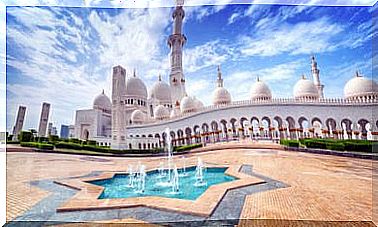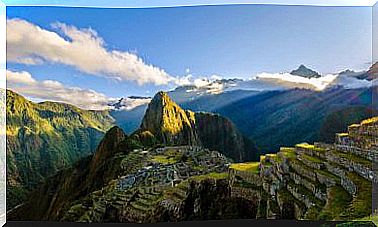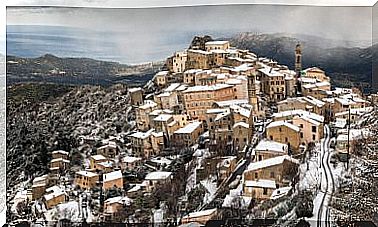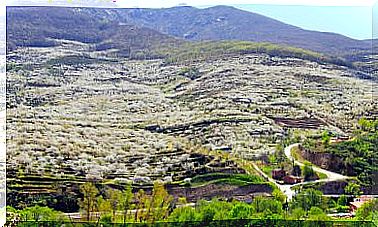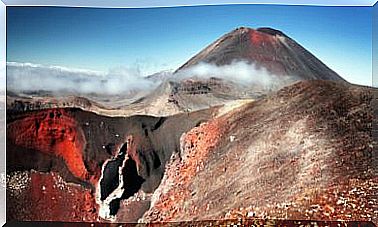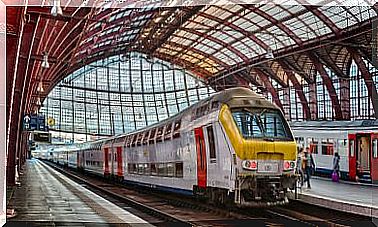Alonso Cano, A Painter With A Turbulent Life

Alonso Cano, painter, architect and sculptor from Granada, is one of the most important artists on the national scene of the seventeenth century. He was a genius whose work continues to impact. We are going to discover something more about this outstanding and unique artist.
The turbulent life of Alonso Cano
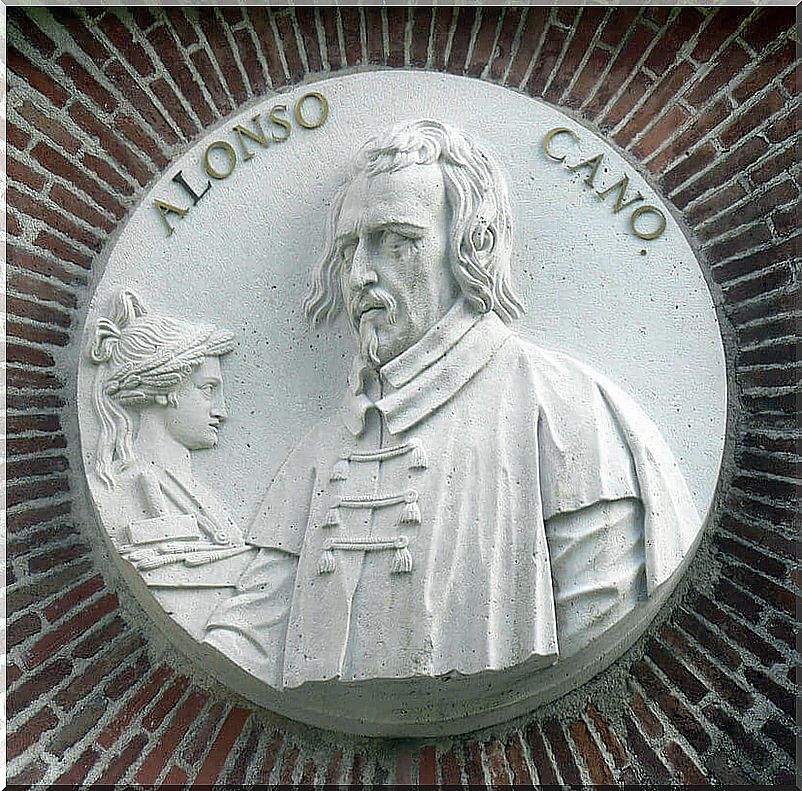
Alonso Cano was born in Granada in 1601. In this city his father had a workshop where he worked as a sculptor and assembler of altarpieces. And it will be in this workshop where Alonso Cano begins his training.
However, looking for a better professional future for Alonso, his parents decide to move to Seville. There he entered as a painter’s apprentice in Francisco Pacheco’s workshop. One of his most notable companions was the young Diego Velázquez.
Married twice, appointed a court painter, accused of murdering his second wife and tortured by the Inquisition, Alonso Cano lived in various Spanish cities where he found glory and fell from grace.
Finally, he returned to Granada to take charge of the cathedral. But he not only worked on it, but on many more projects. And this and his inability to ordain himself as a priest, led the City Council to dismiss him as rationer of the cathedral.
However, thanks to Queen Mariana of Austria, he returned to Granada in triumph in 1660. And it will be in his native land where he will die at the peak of his career.
Alonso Cano as a painter
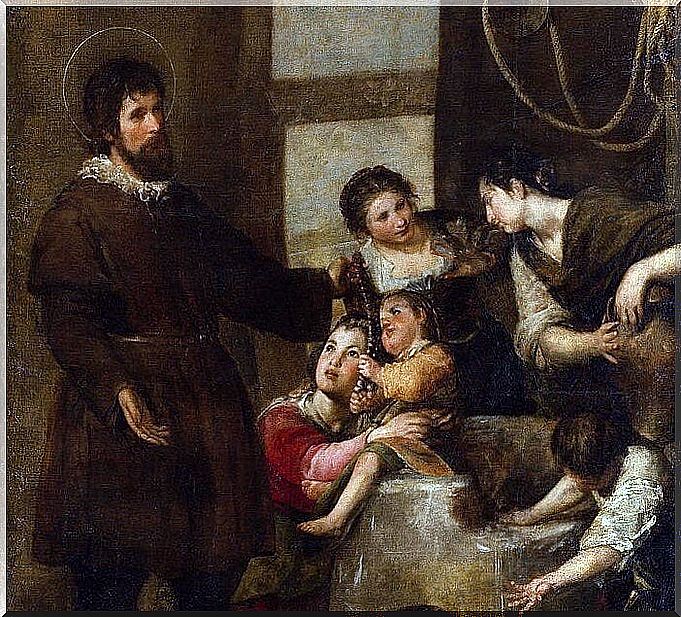
Despite being a versatile artist, Alonso Cano always considered himself primarily a painter. And, although he did not complete his five-year training in Pacheco’s workshop, he managed to rise as one of the best painters of his time.
Thus, at the beginning of the year 1638, Cano was invited by the Count Duke of Olivares to enter his service. He would be his chamber painter and, for this reason, he had to go to Madrid. There, in addition to creating notable works of art, he also served as a drawing teacher to Prince Baltasar Carlos.
His masterpiece as a painter is his canvas known as The Miracle of the Well . Also noteworthy are the Descent into Limbo and its famous cycle of the life of the Virgin for the main chapel of the Cathedral of Granada.
His facet as a sculptor
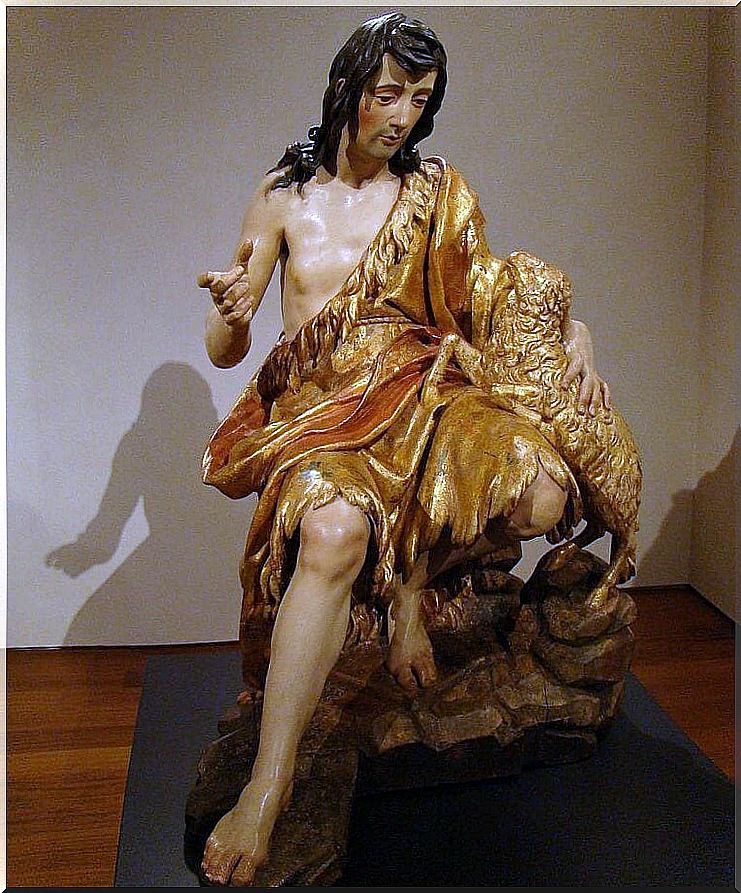
Alonso Cano was also a sculptor. Although, it is not yet known where it was formed as such. Some historians suggest that he was able to do it in Martínez Montañez’s workshop. But most likely it was autonomously thanks to the knowledge acquired from his father, Miguel Cano.
It will be, precisely, thanks to the knowledge contributed by his father, that Alonso works the altarpieces with great skill. Thus, the altarpiece in the church of Santa María de la Oliva in Lebrija (Seville) stands out. For which, he carved some monumental sculptures of the Virgin of the Olive , Saint Peter and Saint Paul.
Also for an altarpiece, Alonso Cano made in 1634 a beautiful Saint John that today is in the National Sculpture Museum. A spectacular sculpture that impresses, in addition to its beauty, for its size. Well, it is almost life-size.
But, perhaps, the most impressive piece of the sculptures that Alonso Cano made is the smallest of those he carved: a little Immaculate with a sweet and childish face. And that he made for the cathedral of Granada between 1655-56.
Its monumental sculptures of San José , San Antonio de Padua , San Diego de Alcalá and San Pedro de Alcántara are also worthy of admiration . Today they can be seen in the Museum of Fine Arts of Granada. Although, originally they were in the disappeared convent of the Guardian Angel, an architectural work also by Alonso Cano.
A renowned architect
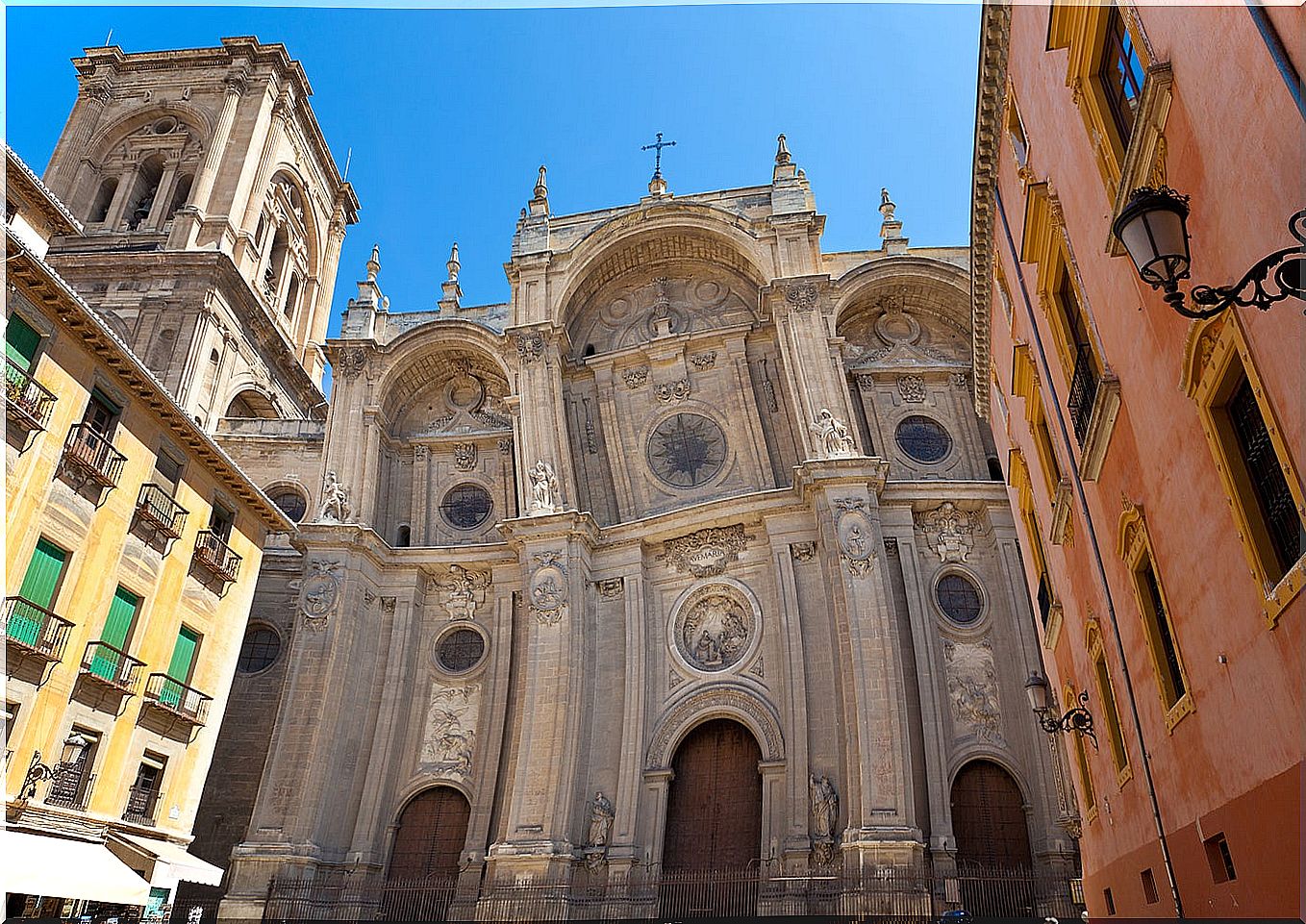
As an architect, Alonso Cano also achieved recognition. His first works were developed in Madrid, after his return from Valencia. And among them, stands out an arch of ephemeral architecture that he designed to adorn the door of Guadalajara on the occasion of the entry of Mariana de Austria, on November 15, 1649, in the capital of the Kingdom.
But, without a doubt, his main architectural works were developed in Granada. Thus, he took charge of the project and construction of the missing convent of the Guardian Angel and the cathedral of Granada. This had entered into decline after the death of Diego de Siloé. And to be able to work on it, he got the appointment of rationer of the cathedral.
In this temple he designed and built the impressive baroque façade that today delights those who contemplate it at sunset.

Main Photography: Harvey Barrison / Wikimedia Commons
